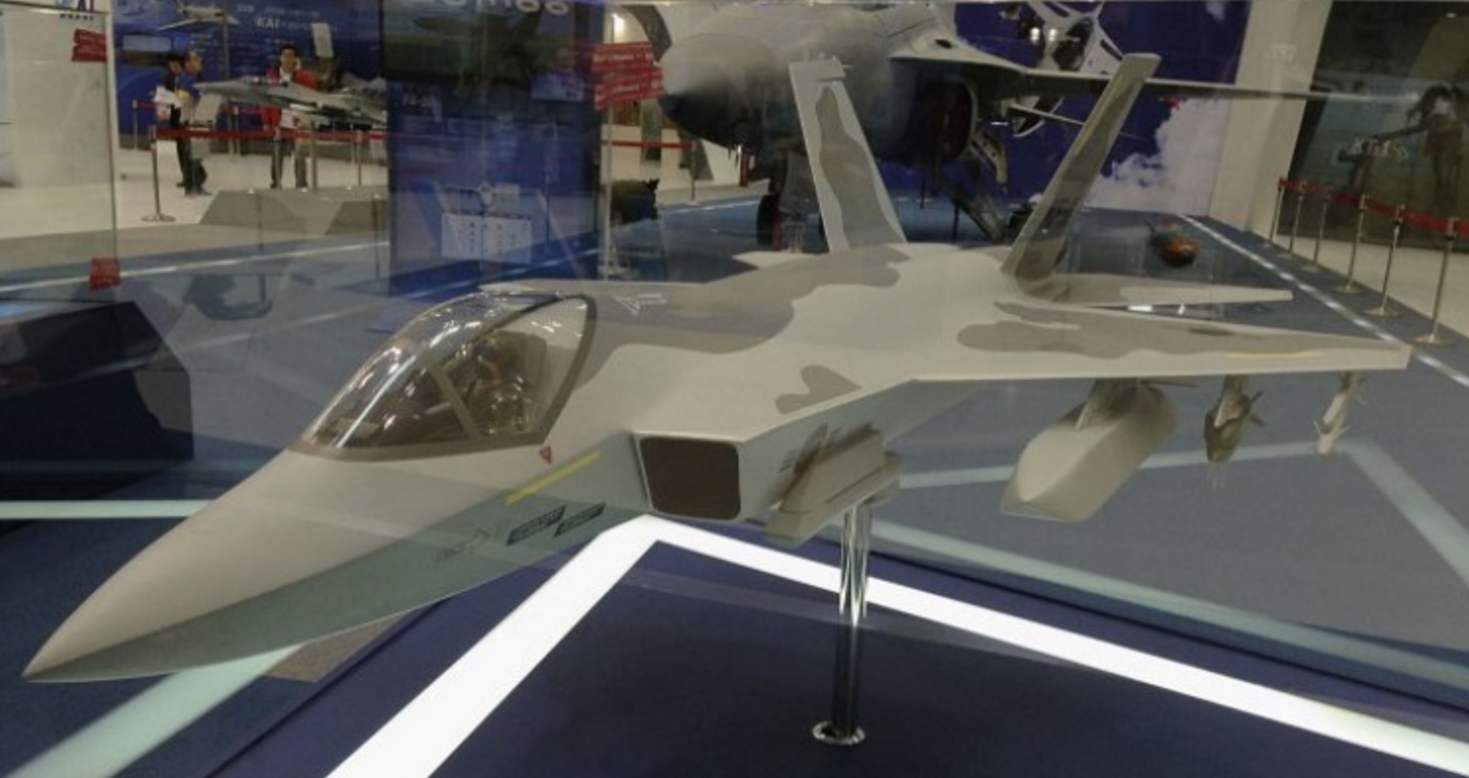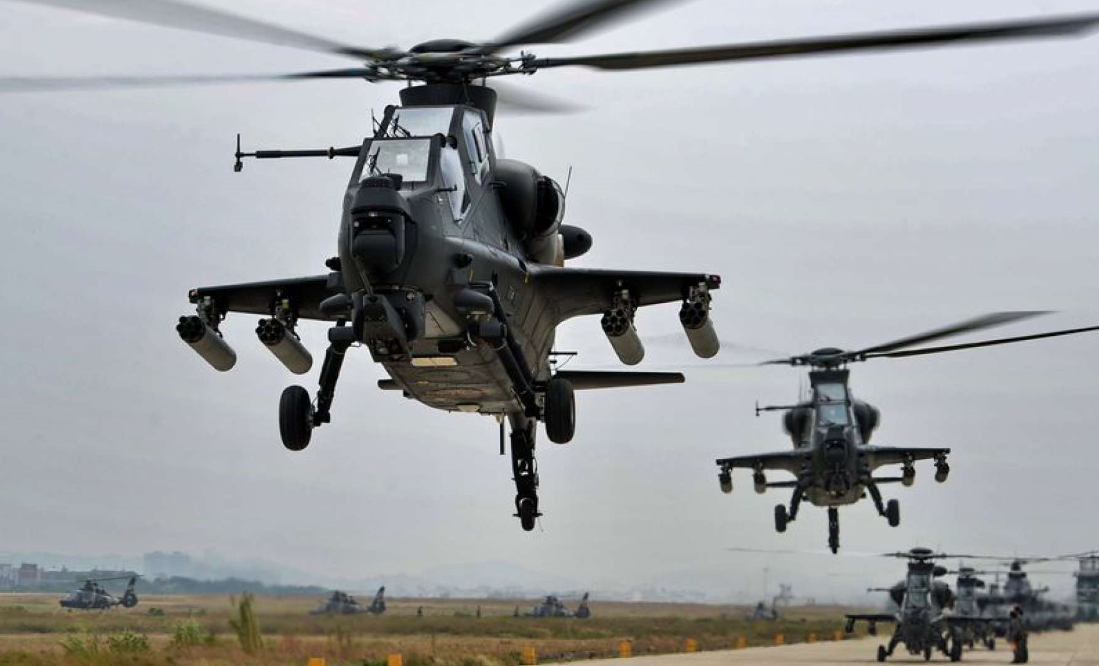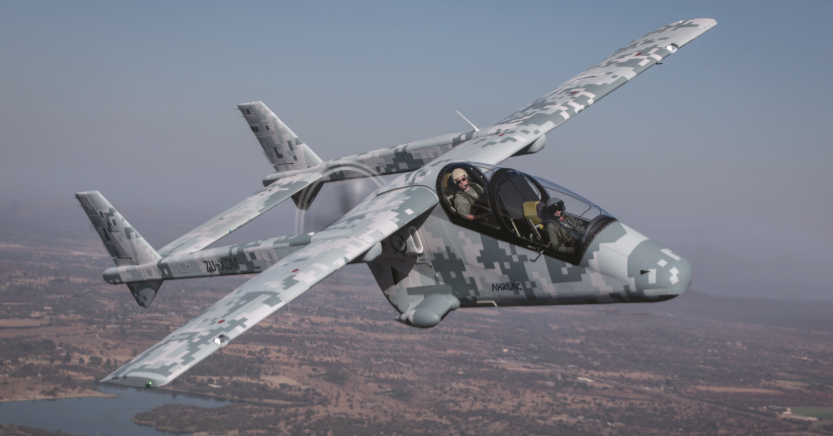33Views 2Comments

South Korea selects General Electric to power KFX
General Electric (GE) will supply the turbofan powerplant for South Korea and Indonesia’s next-generation multi-role fighter, the KFX. The GE F414 turbofan as found great success by being adopted by the Boeing F/A-18E/F Super Hornet, the Saab JAS-39E/F Gripen NG, and even the Hindustan Aeronautics Limited (HAL) Tejas. GE’s primary competitor seems to have been Eurojet and its EJ200.
Comment and Analysis
At the beginning of 2016, Indonesia signed onto the KAI KFX, and had committed to fund upwards of 20% of the KFX’s development. The total KFX budget sits at $15.2 billion U.S. The KFX was conceived as a twin-engine and medium-weight design that is “more agile than a Lockheed Martin F-16″, and paired with “an advanced sensor suite and fusion software on a part with … [the] new-generation F-35” (Flight Global). Once available, the KFX would begin replacing South Korea’s oldest F-16s.
Although still marred by the reality of using critical U.S. technology (e.g. GE F414 turbofan), it seems the KFX will emerge to be a lower-cost ‘Western’-style next-generation alternative to the Lockheed Martin F-35 Lightning II. KAI has succeeded in opening a number of key markets in East Asia as well as in the Middle East (i.e. Iraq) via the FA-50 and T-50 Golden Eagle. Besides Indonesia, the likes of the Philippines and the Gulf Arab states would likely emerge as KAI’s principal target markets.
Competition, at least in that market segment, would likely emerge from Turkey and the TFX, which seems to be emerging as a very similar solution in terms of configuration. India will likely continue committing to its indigenous industry (which is beginning to blossom under the stewardship of its private sector). Finally, the KFX design (as a concept or idea) could be something the Pakistan Air Force (PAF) may consider for its own next-generation fighter program, which is currently in the conceptualization phase.


